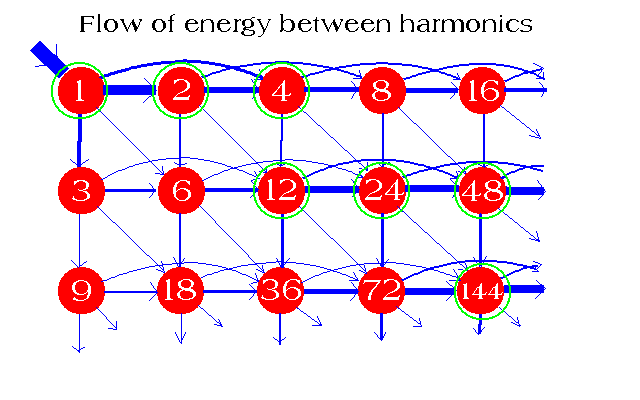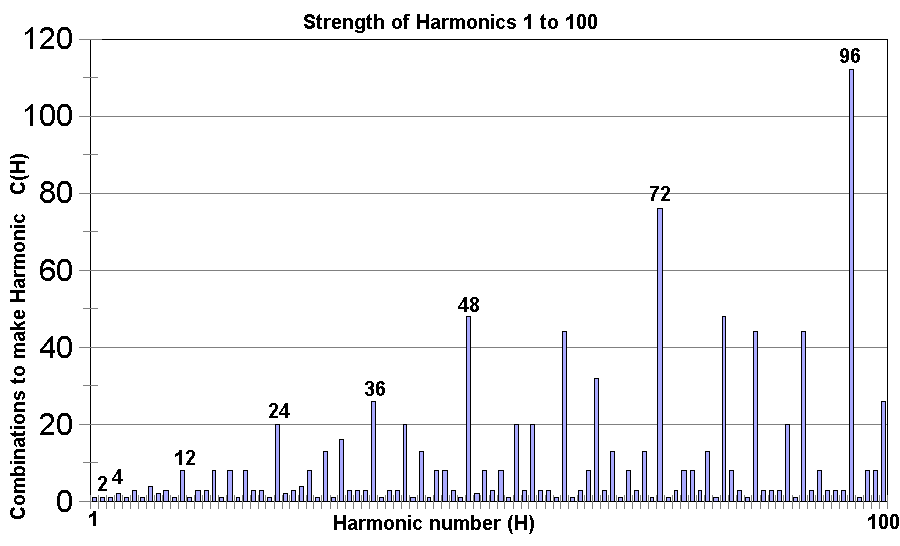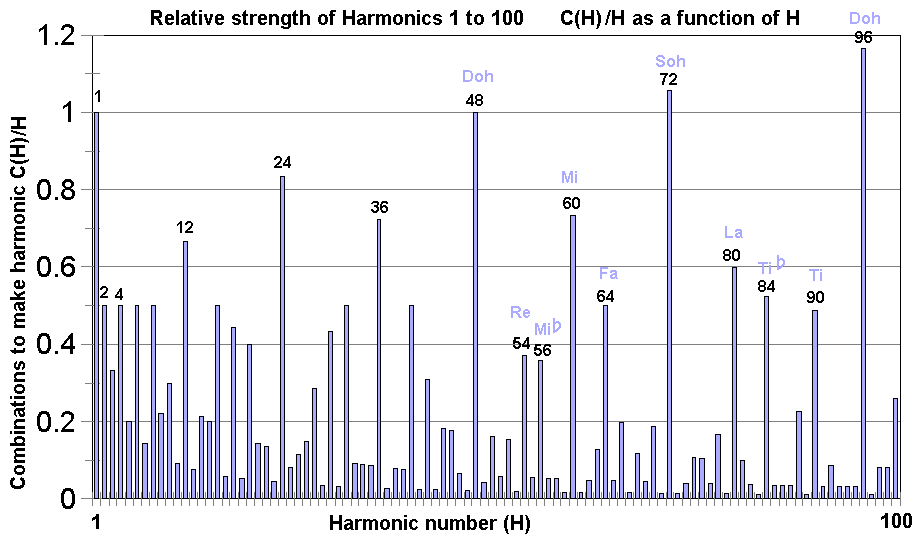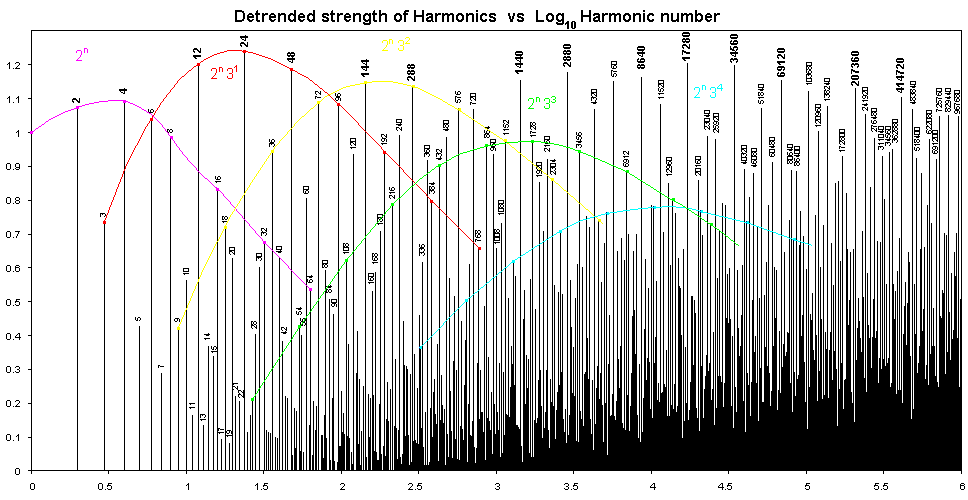Graphs for Above Spread Sheet Data
 Larger Image
Larger Image
So there you have it. The sum of all Odd Harmonics produces a . . .
How many odd harmonics can we fit in a single cycle of this type? Could each harmonic represent a single bit of information?

So there you have it. The sum of all Odd Harmonics produces a . . .

How many odd harmonics can we fit in a single cycle of this type? Could each harmonic represent a single bit of information?









Comment